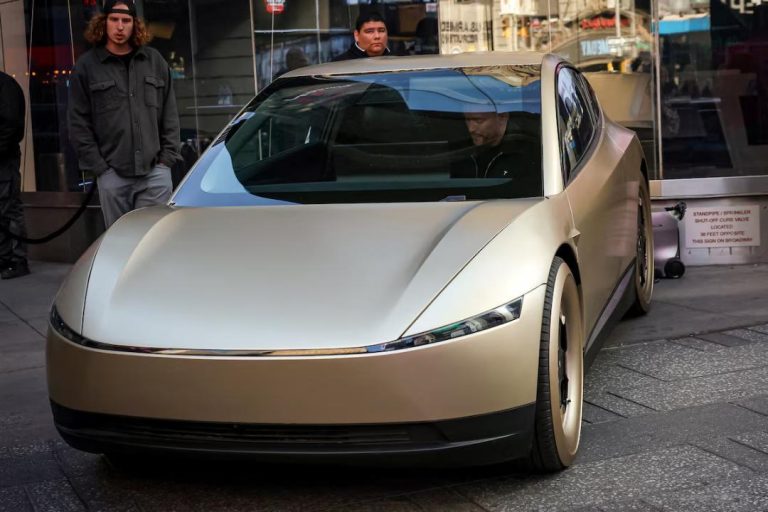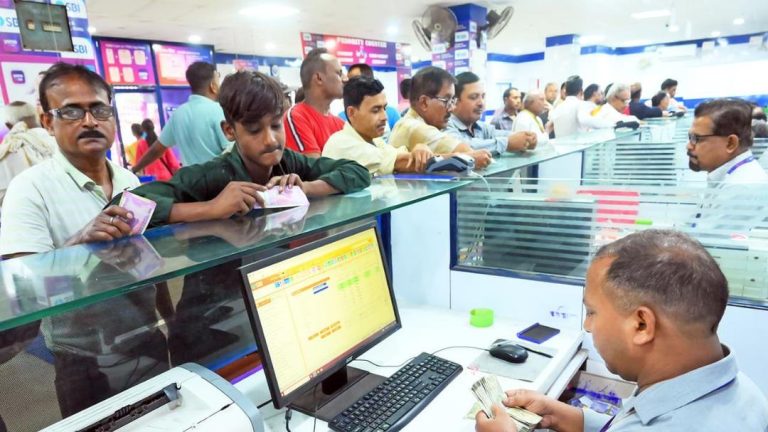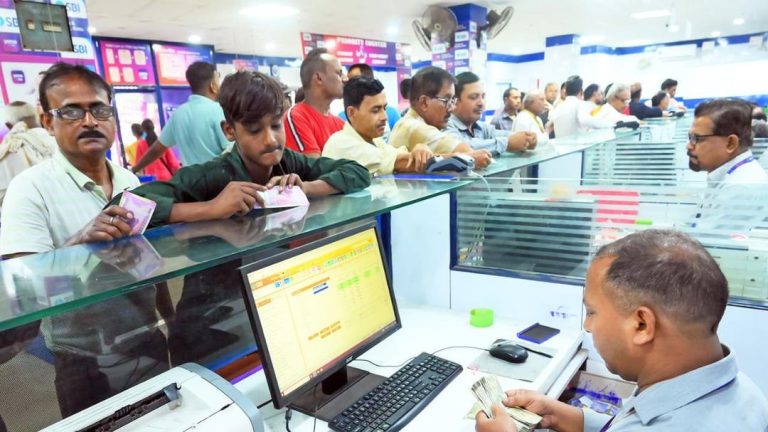
IIT Making Glass to Keep Buildings Cool in Summer & Warm in Winter
As the world grapples with the challenges of climate change, innovative solutions are being sought to make buildings more eco-friendly and energy-efficient. In a breakthrough development, the Indian Institute of Technology (IIT) Indore has been working on a revolutionary “smart glass” that can regulate light and heat by applying a small electric current. This electronic curtain glass has the potential to change the way we design and build structures, making them not only sustainable but also more comfortable for occupants.
The smart glass is made using a special porous organic polymer that can alter its transparency and color depending on the application of an electric current. This unique property allows the glass to block sunlight and heat when needed, or let it in when it’s cooler. According to officials, the glass can change its properties in a matter of seconds, making it an ideal solution for buildings that require temperature control.
The development of this smart glass is a significant step towards creating more sustainable and energy-efficient buildings. Traditional glass used in buildings often requires additional insulation and shading devices to regulate temperature, which can be expensive and cumbersome. The IIT’s smart glass, on the other hand, can perform these functions seamlessly, reducing the need for additional infrastructure.
The potential applications of this smart glass are vast and varied. It can be used in buildings, cars, and even aircraft to regulate temperature and reduce energy consumption. In buildings, it can be used as a façade material to block heat during summer and allow it in during winter, reducing the need for air conditioning and heating. This can result in significant energy savings, reduced carbon emissions, and a more comfortable indoor environment.
The IIT’s smart glass is also a significant improvement over existing smart glass technologies. Most smart glass technologies require a significant amount of power to operate, which can be a drawback in applications where energy efficiency is paramount. The IIT’s smart glass, on the other hand, requires only a small electric current to operate, making it a more energy-efficient solution.
The development of this smart glass is also expected to create new opportunities for innovation and entrepreneurship. With its potential applications in various industries, the smart glass is likely to attract investors and entrepreneurs who see the potential for growth and profit.
In conclusion, the IIT’s development of smart glass is a significant step towards creating more sustainable and energy-efficient buildings. Its ability to regulate light and heat by applying a small electric current makes it an ideal solution for buildings that require temperature control. The potential applications of this smart glass are vast and varied, and its development is expected to create new opportunities for innovation and entrepreneurship.
Source: https://repository.inshorts.com/articles/en/PTI/319121e5-f2f2-4d36-b9bd-364925f8a154






